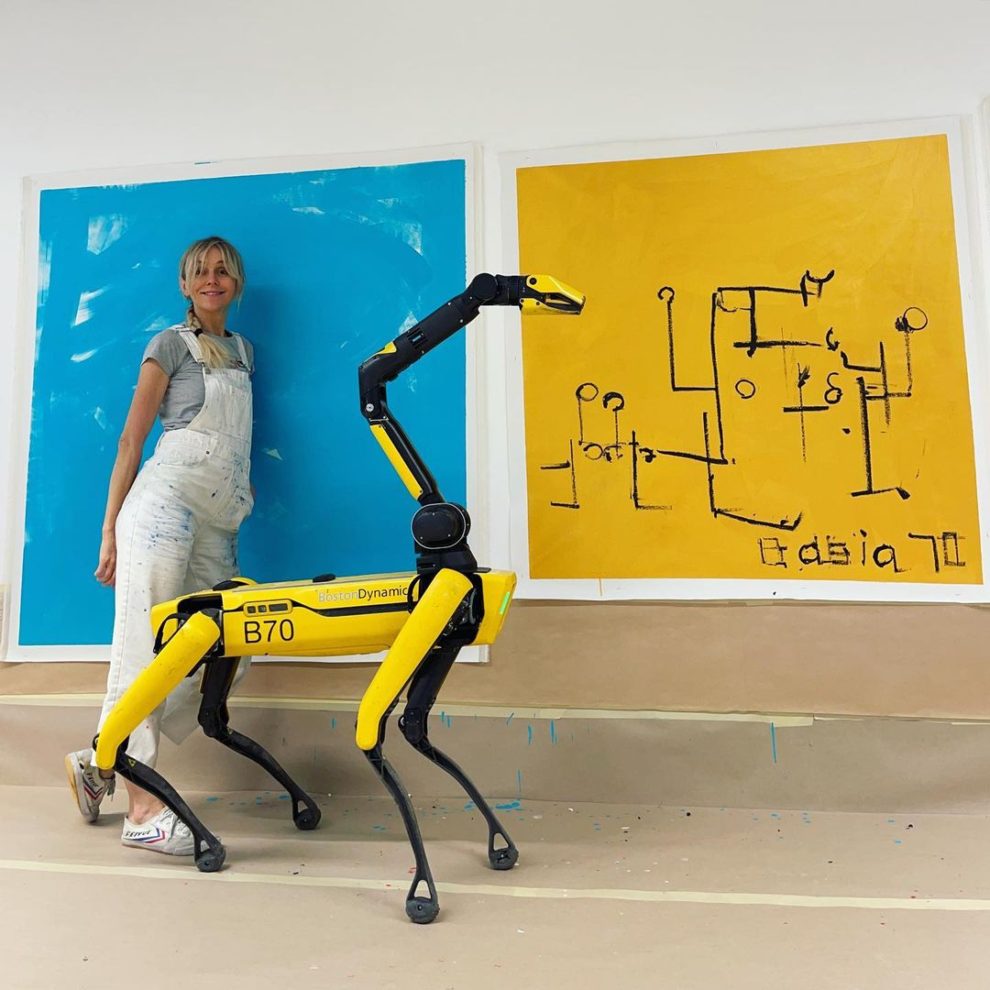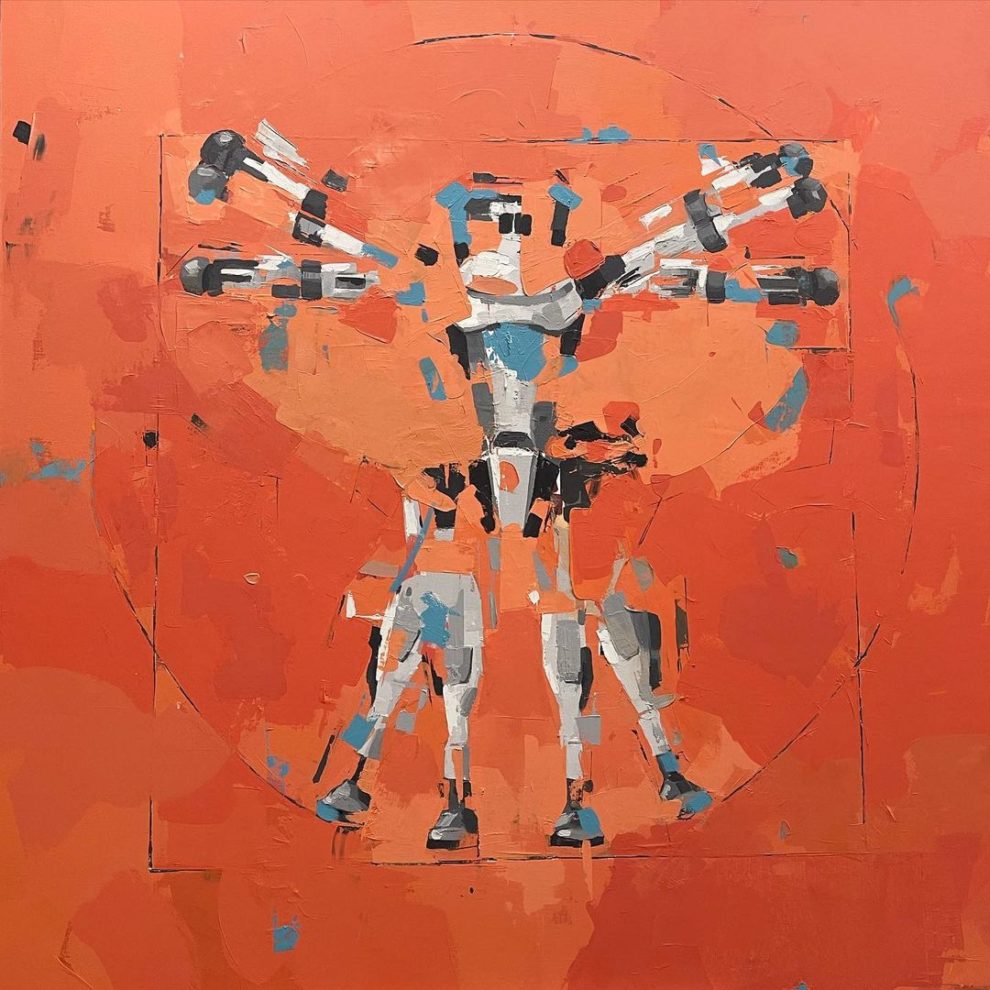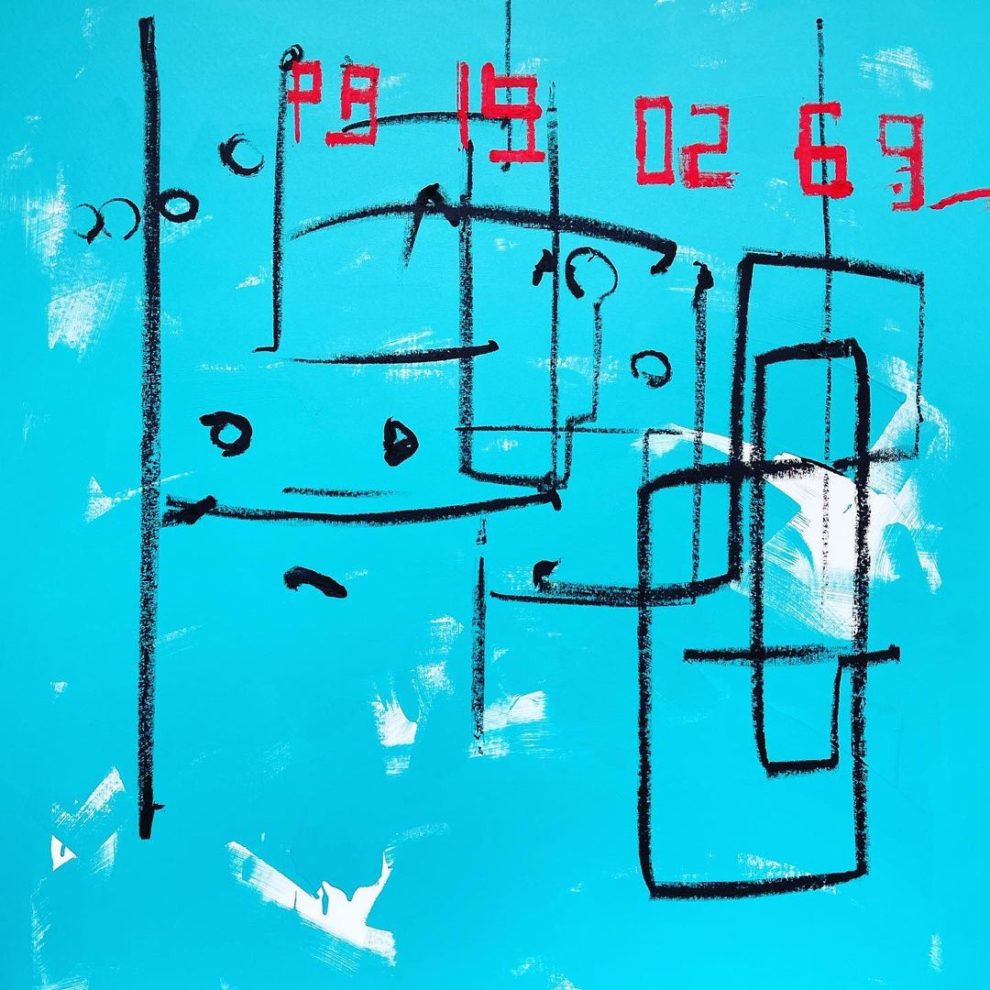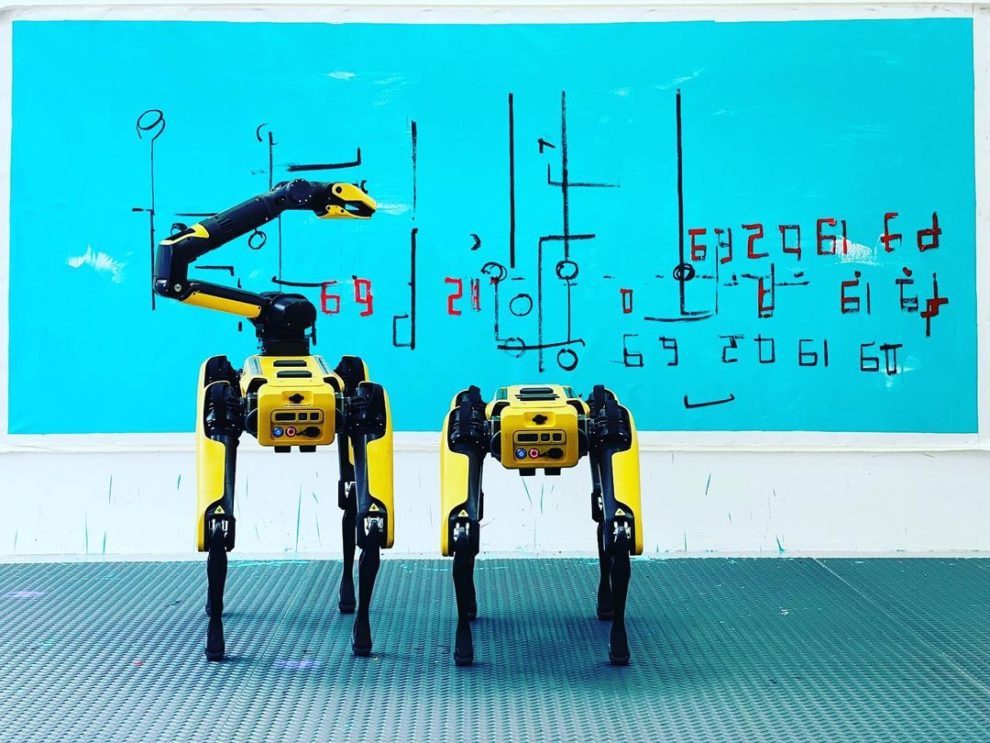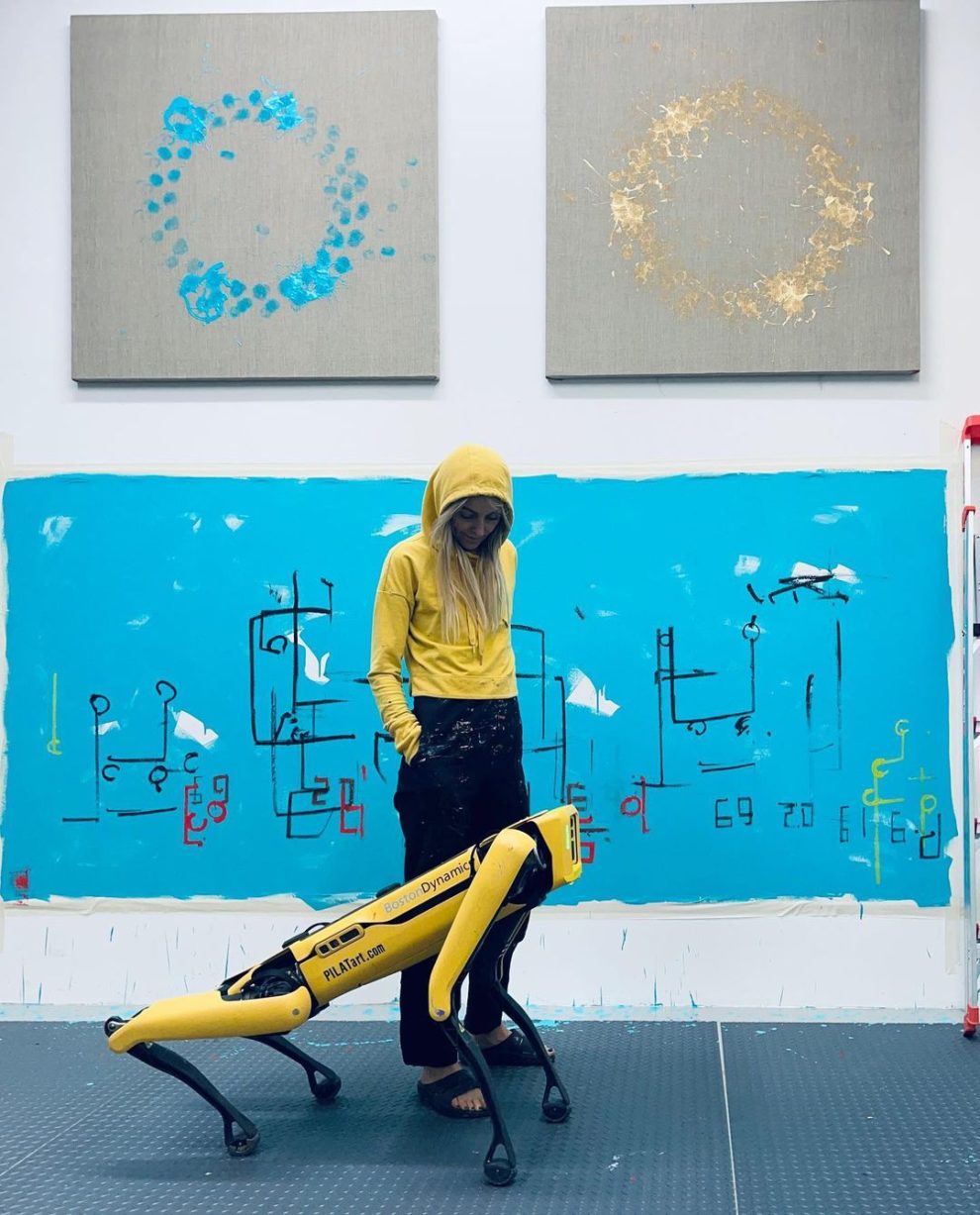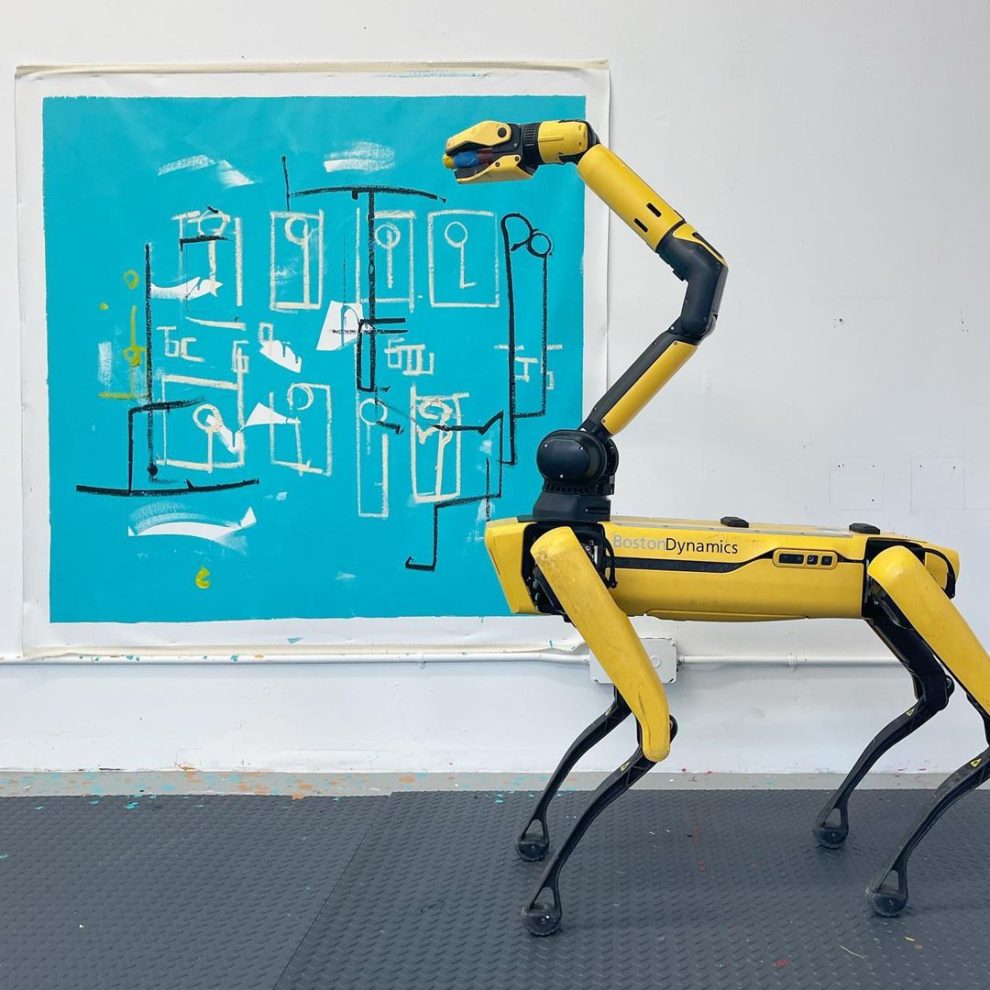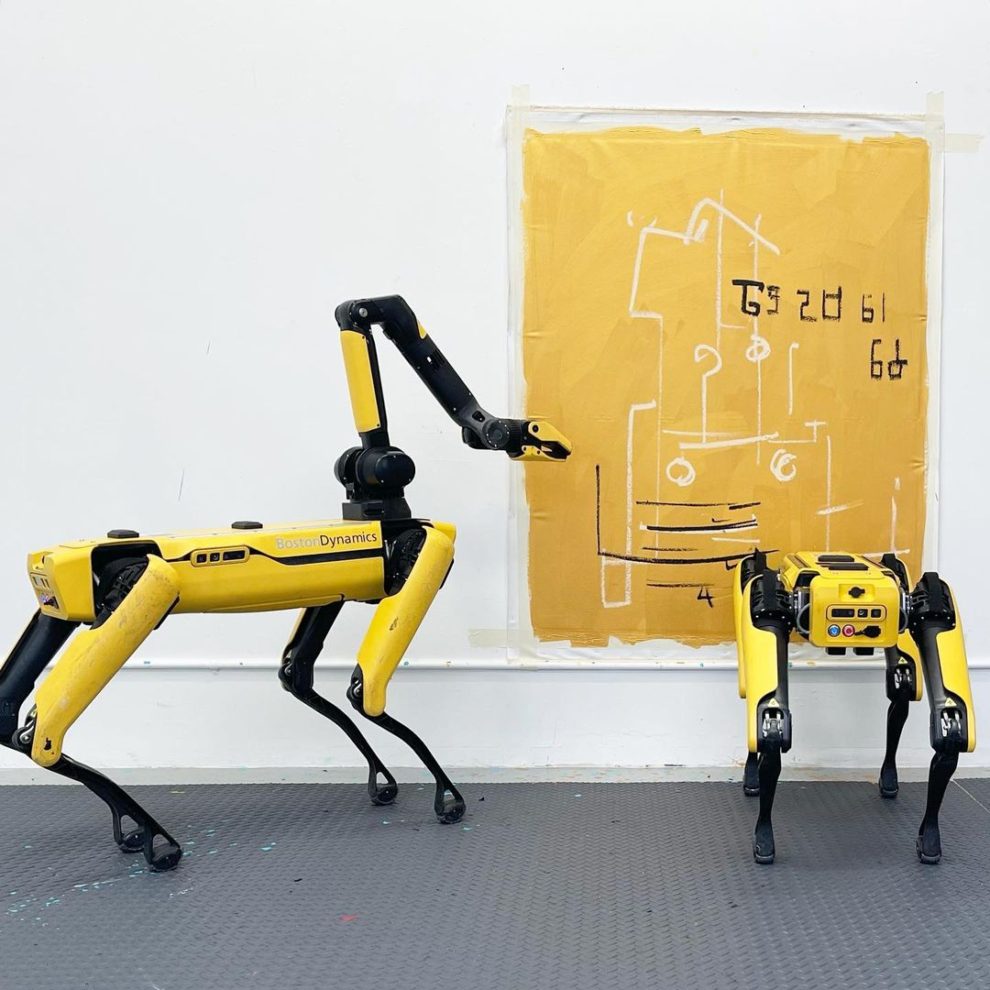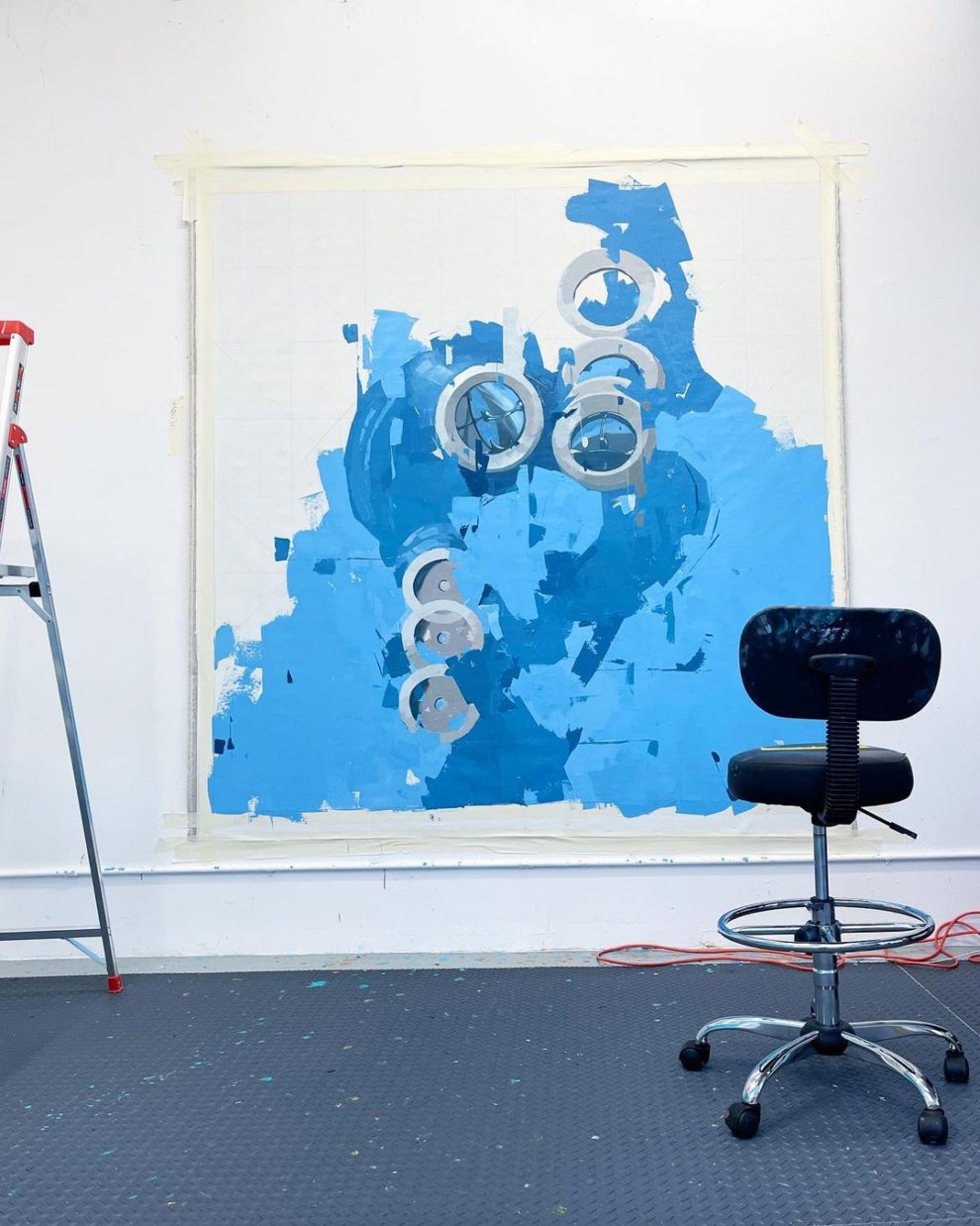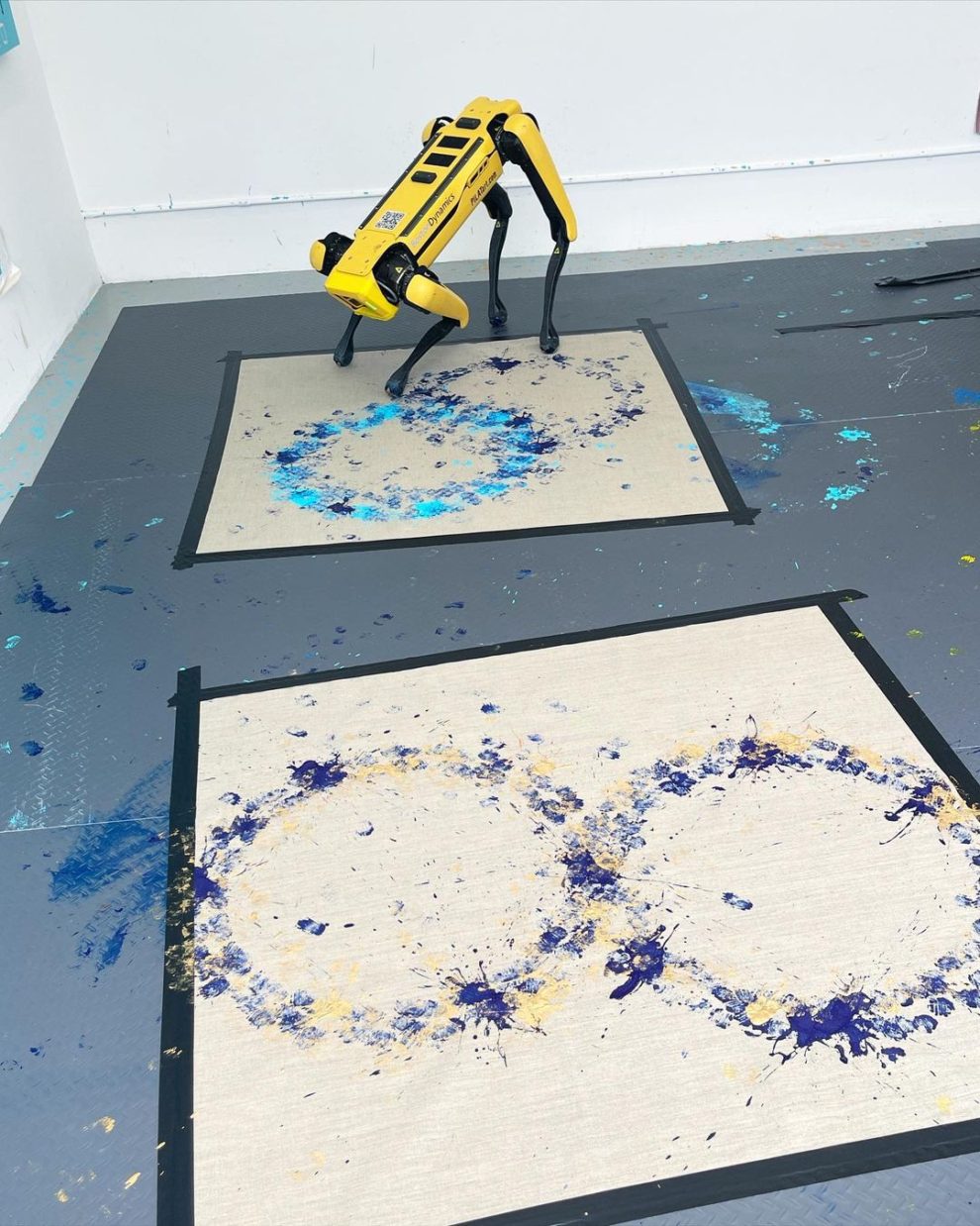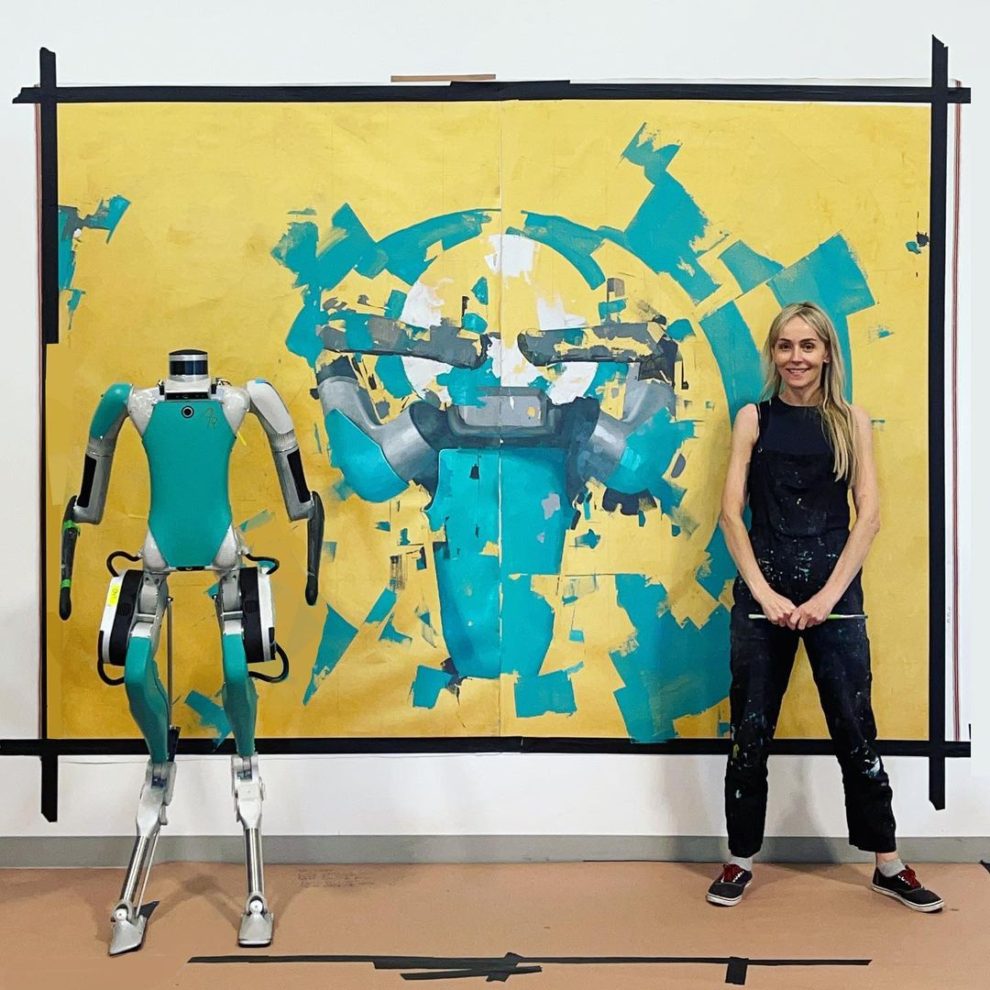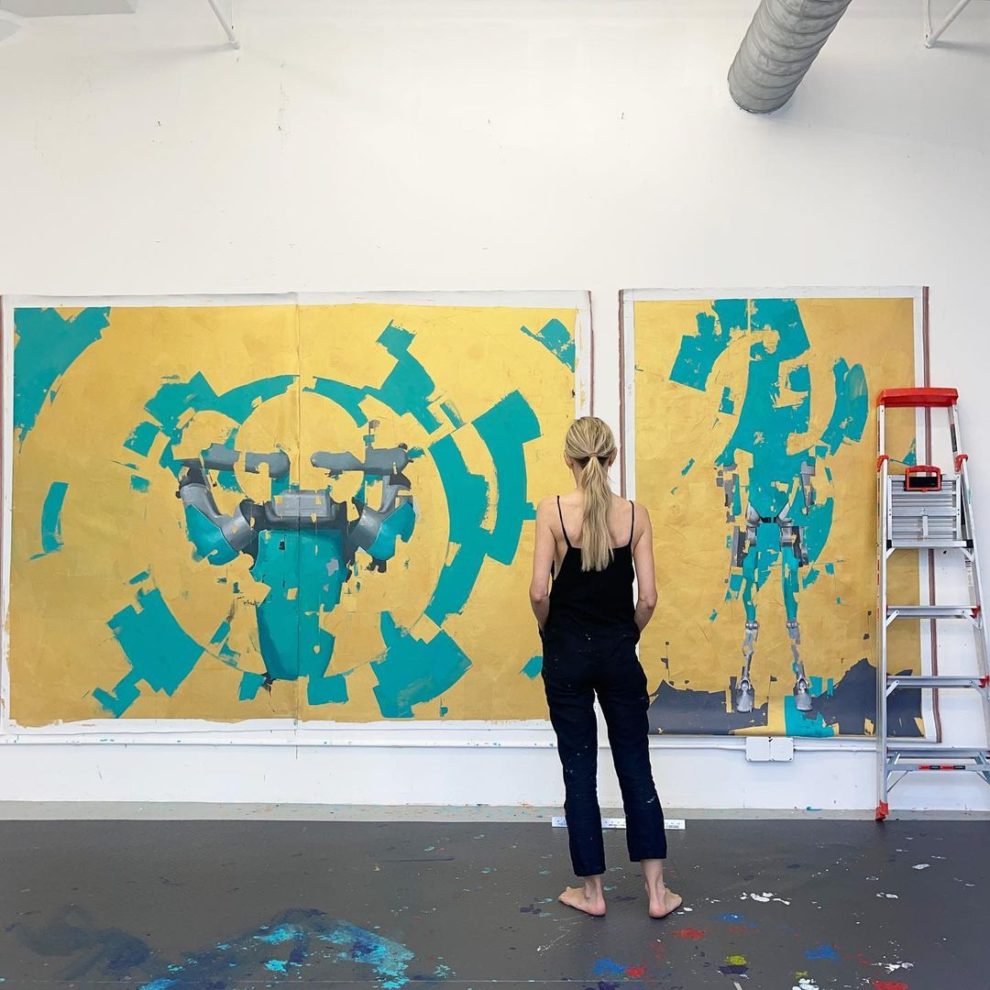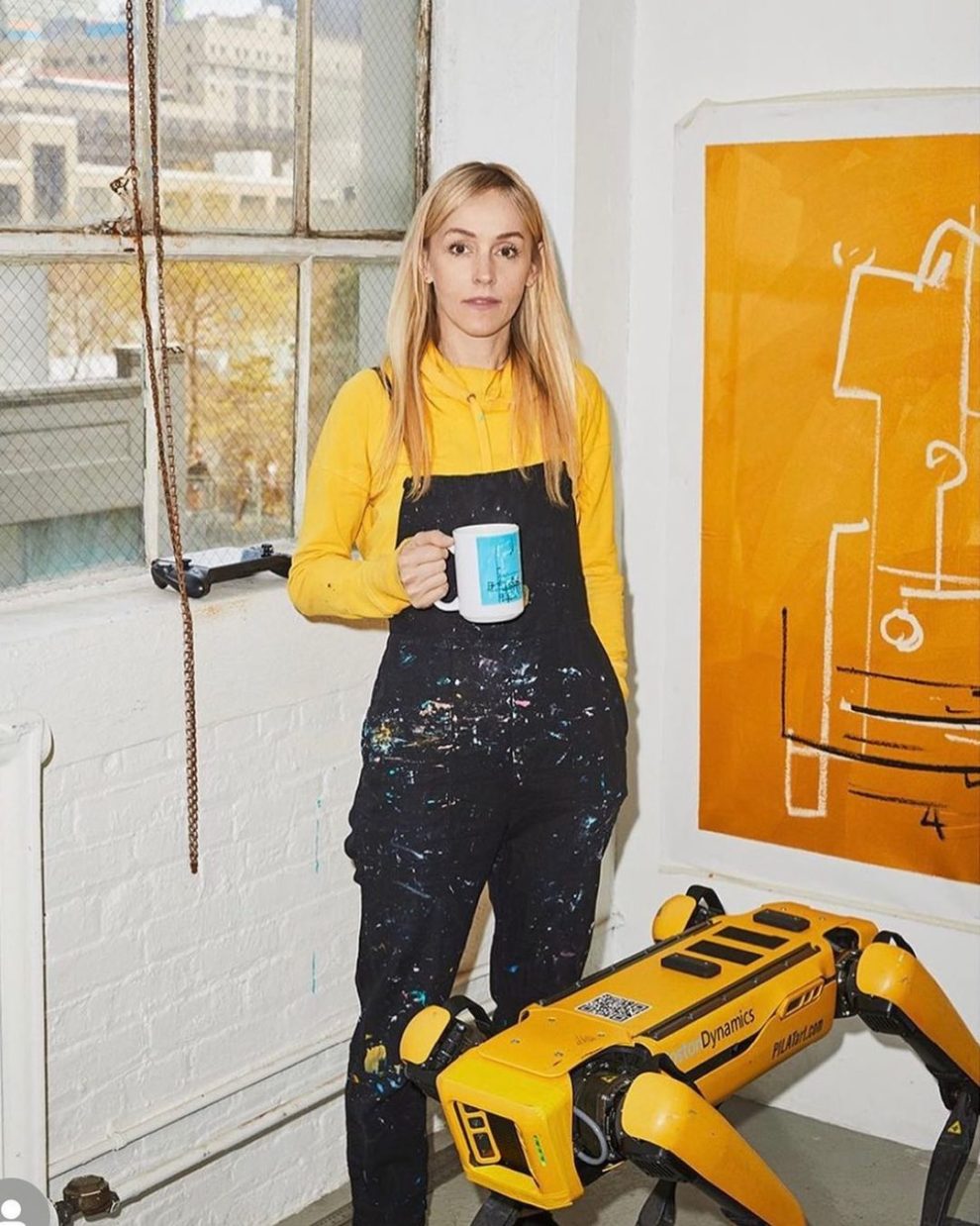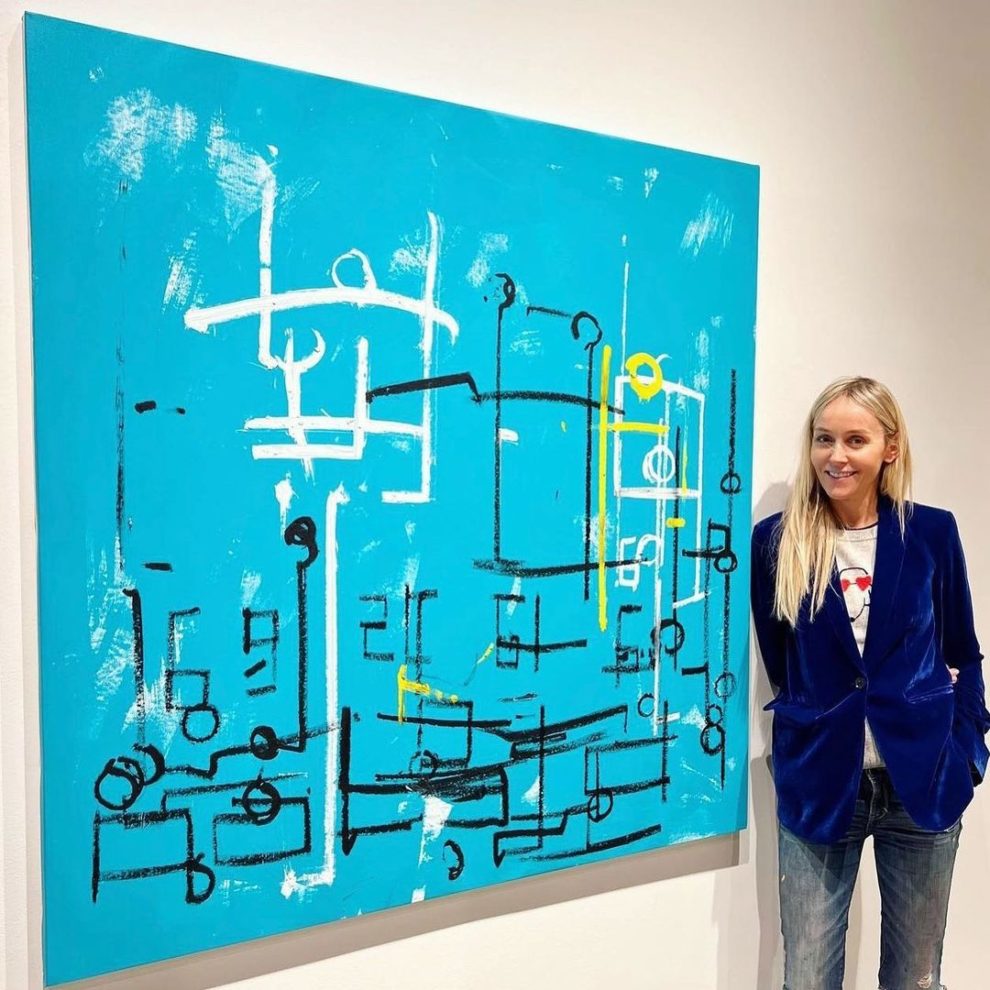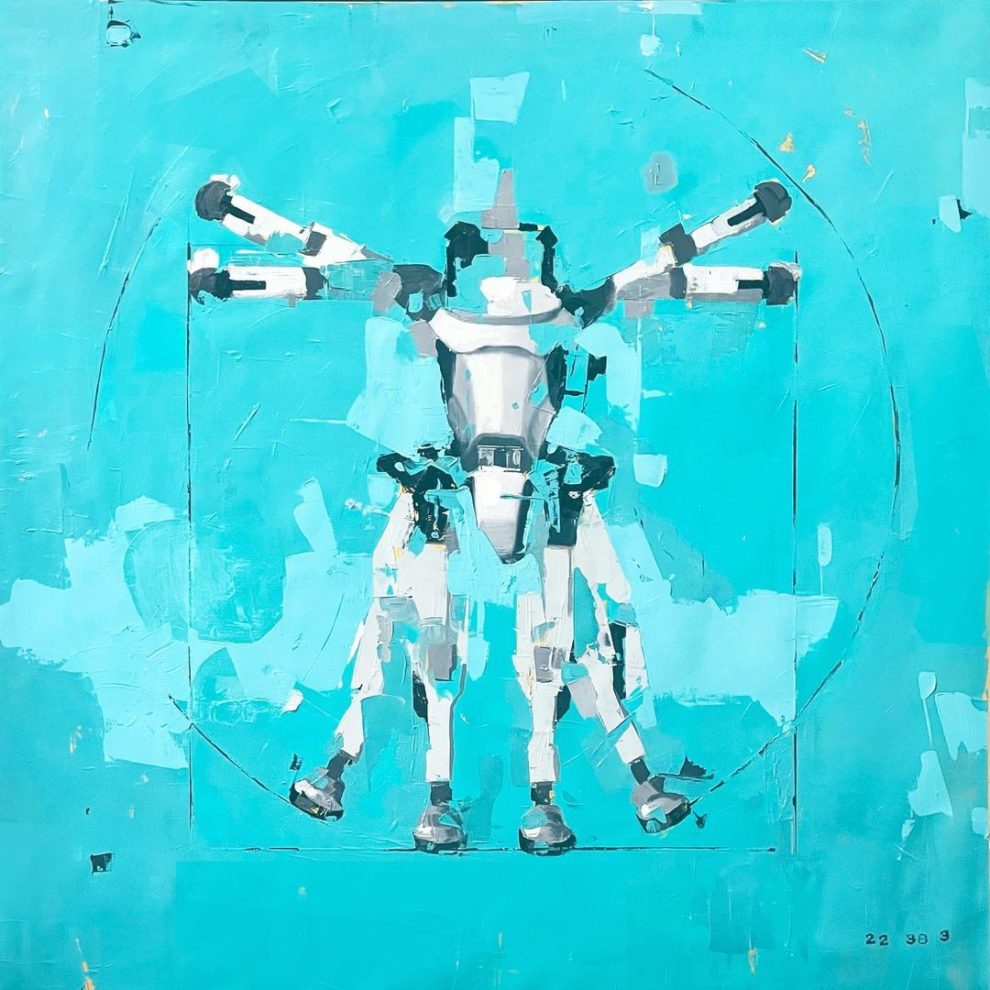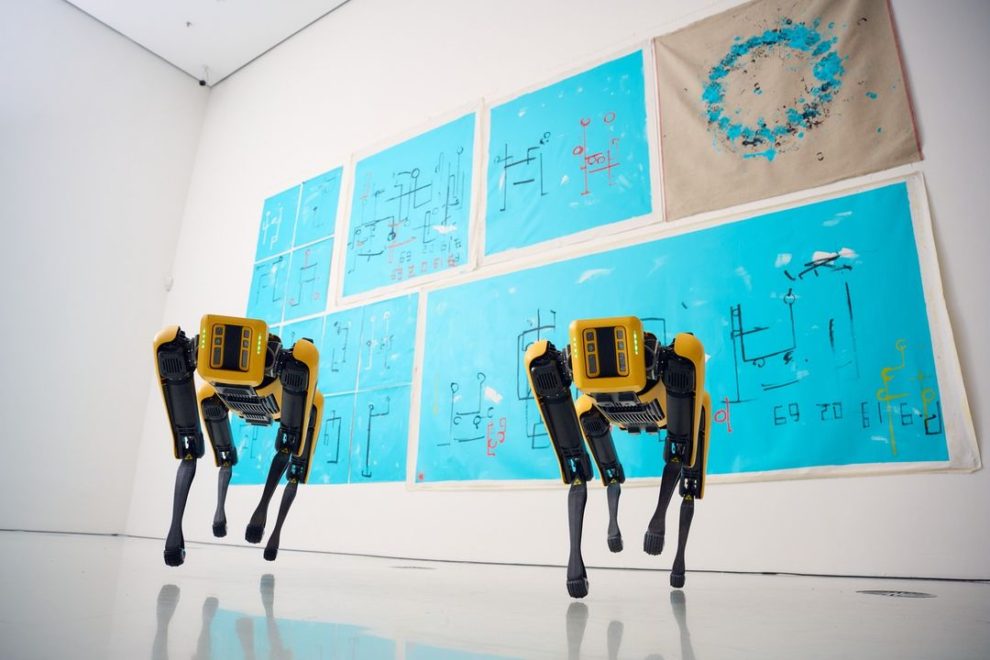Robotic Renaissance: Polish Artist Agnieszka Pilat’s Innovative Canvas
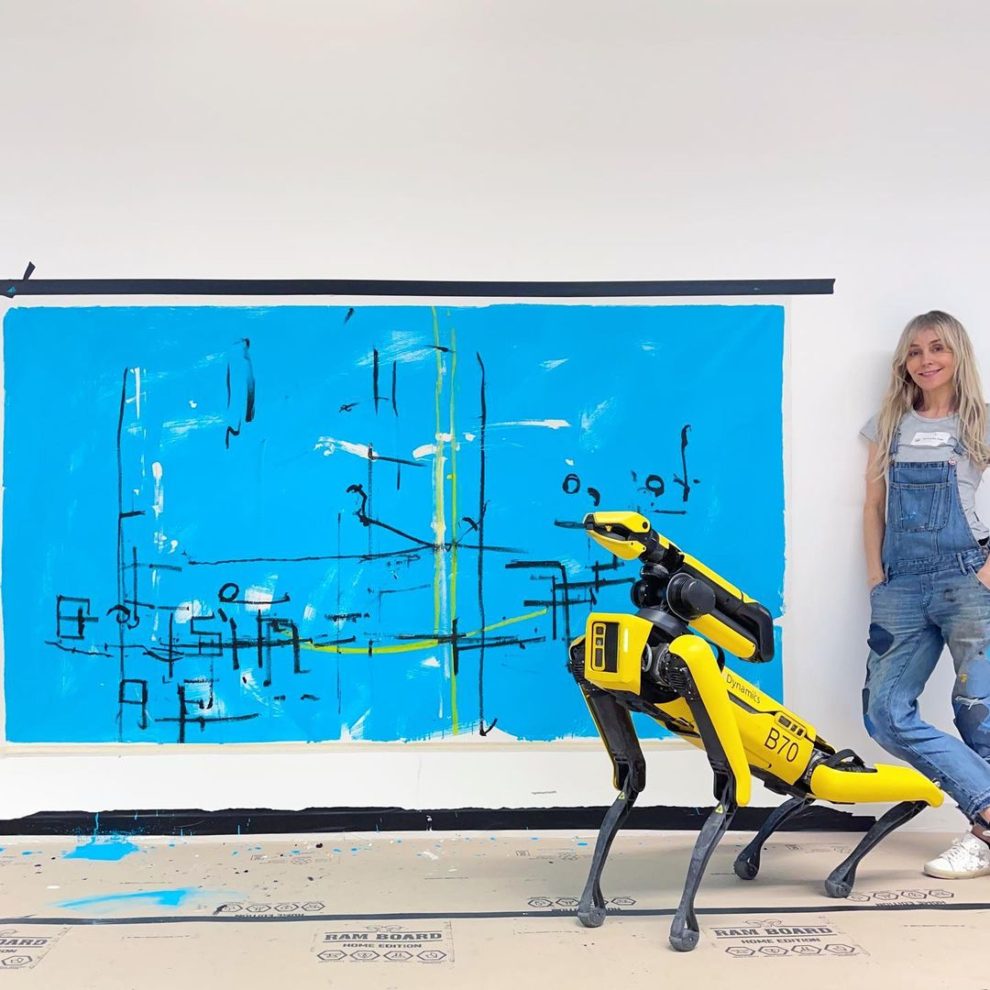
Agnieszka Pilat, a modern artist, honed her skills at the Academy of Art University and initially focused on portraiture in San Francisco. Despite her technical skill, her work was overlooked in the abstraction-preferred local art scene. However, an encounter with Paul Stein, an art collector and the developer behind Airbnb’s headquarters, opened a new path. Stein requested a painting of a vintage fire alarm bell, which was the start of Pilat’s artistic breakthrough.
More: Agnieszka Pilat, Instagram
Pilat’s meticulous approach to portraying objects attracted tech executives from Silicon Valley, leading to commissioned work from high-profile figures like Peter Hirshberg and Steve Jurvetson. Pilat shifted her focus to machines, even creating a portrait for the popular robot, Spot, from Boston Dynamics. Despite her success, critics argue that Pilat’s work merely panders to the elite.
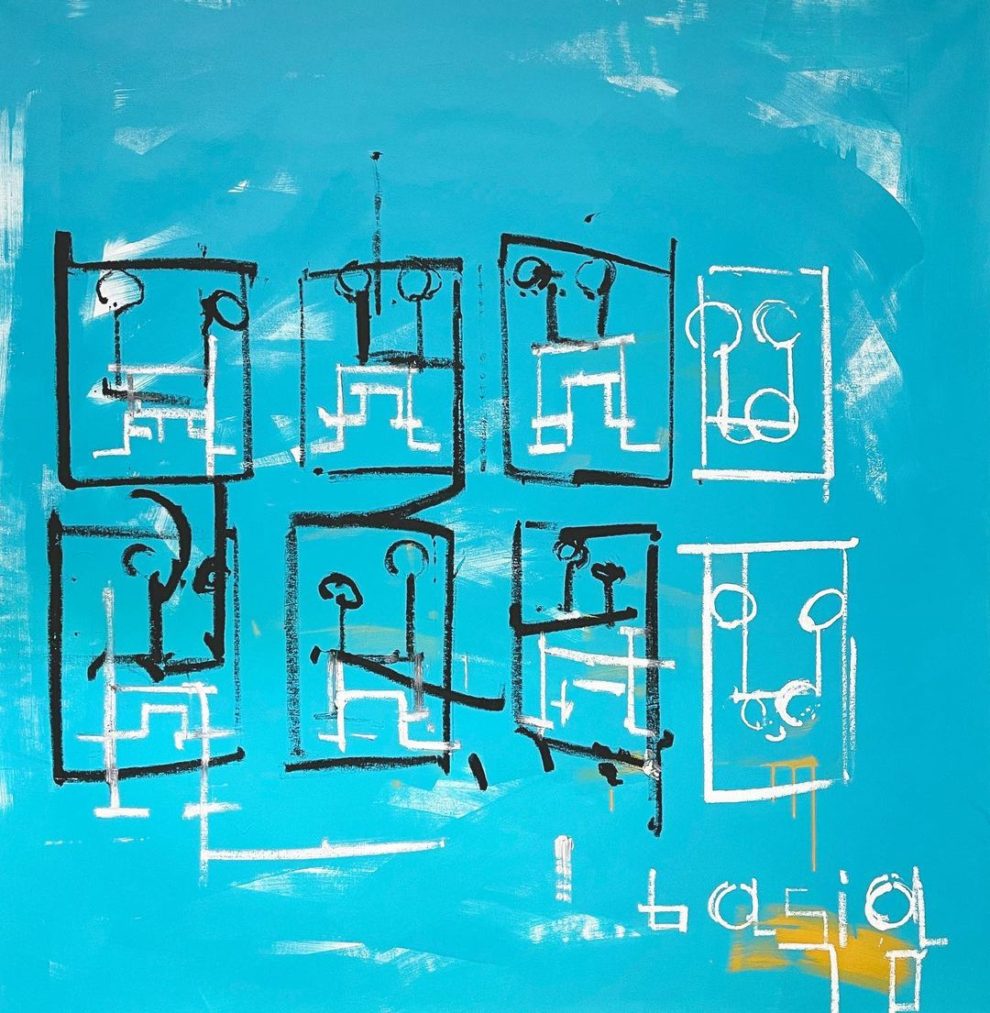
Born and raised in USSR-controlled Poland, Pilat’s lived experience influenced her work. She strived for freedom and admired the US for its liberties and free market. After moving to San Francisco, she faced a city with cultural and political restrictions. Pilat found inspiration in Ayn Rand’s philosophy, embracing capitalism and individualism.
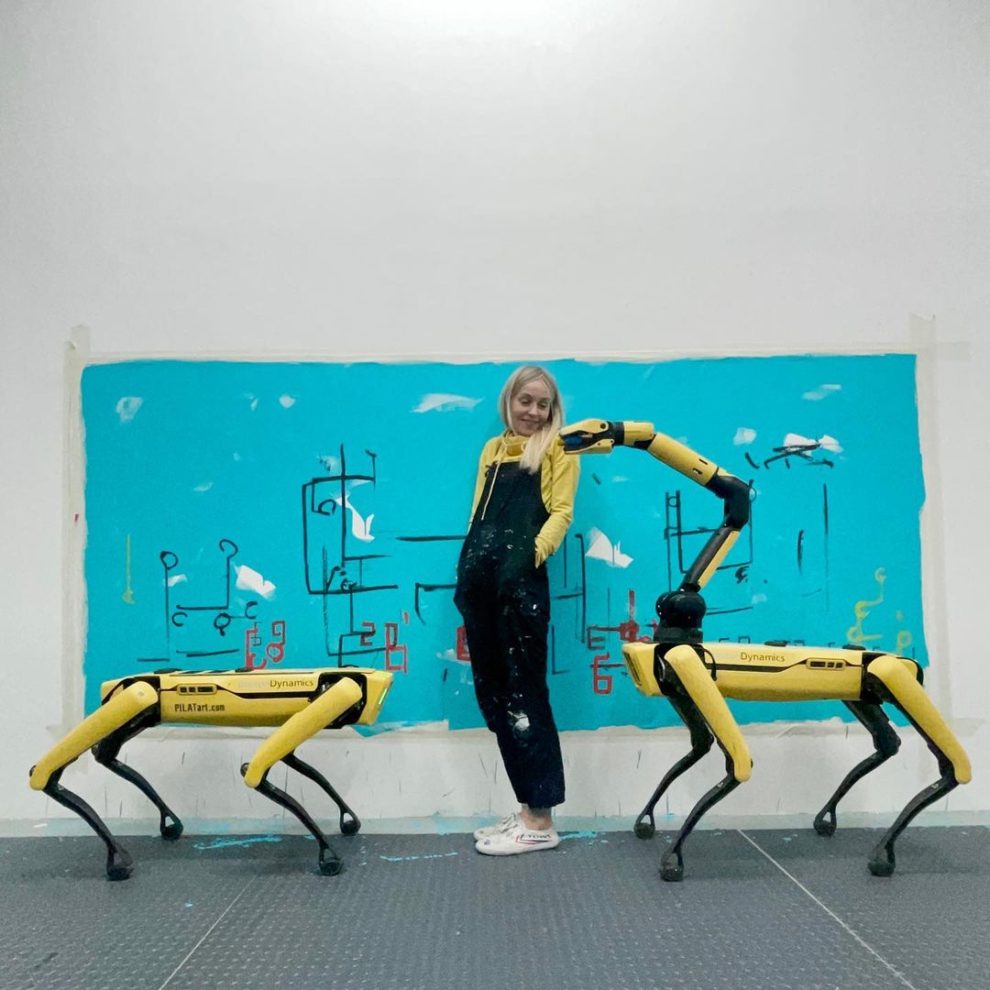
In her Renaissance 2.0 exhibit, Pilat featured robot versions of famous Renaissance paintings. She believes machines, like children, should be painted with playful tones. Despite criticisms, Pilat maintains that she serves only her beliefs, not propaganda.
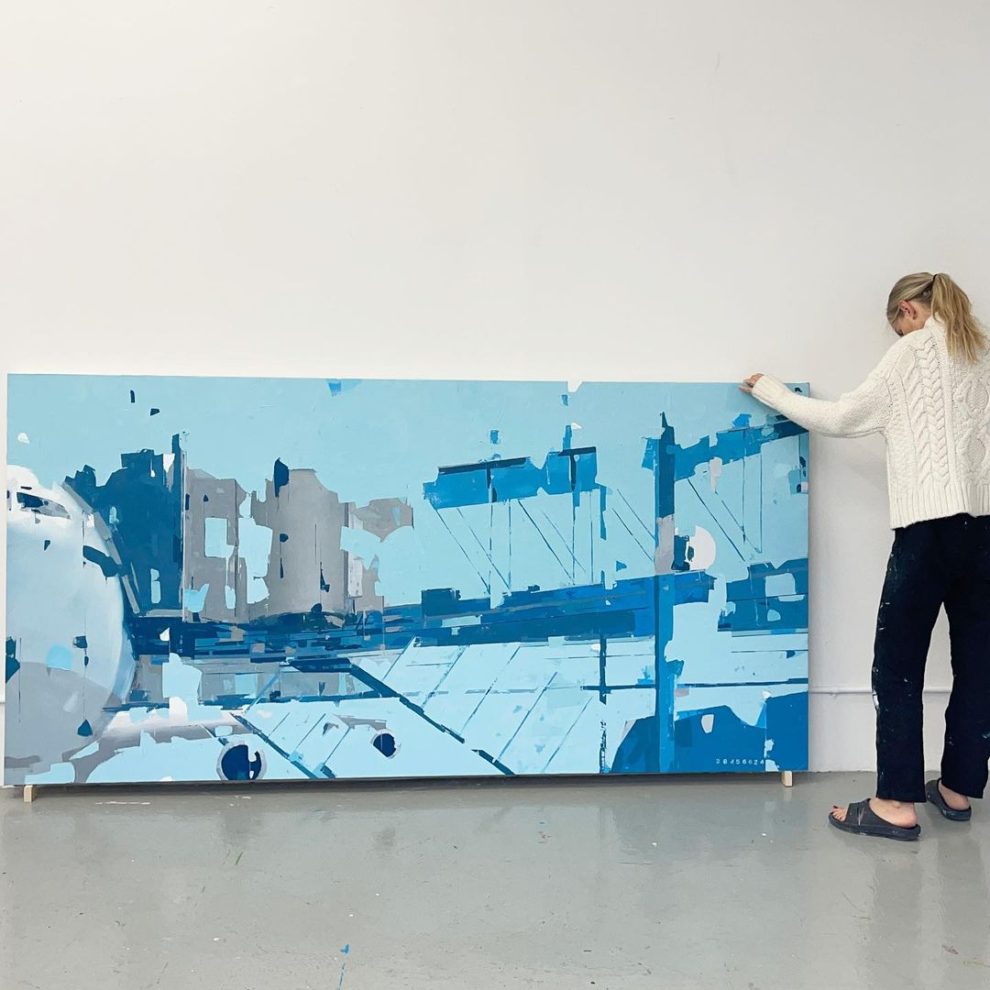
Pilat’s work offers an optimistic vision of technology, contrasting the dystopian depictions in popular culture like Netflix’s Black Mirror. Her work, echoing controversial art movements of the past, faces resistance but also breaks new grounds, much like Marcel Duchamp’s and Soviet filmmaker Dziga Vertov’s work. Pilat believes that while art deconstructs the human experience, technology rebuilds it.
